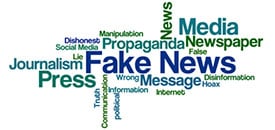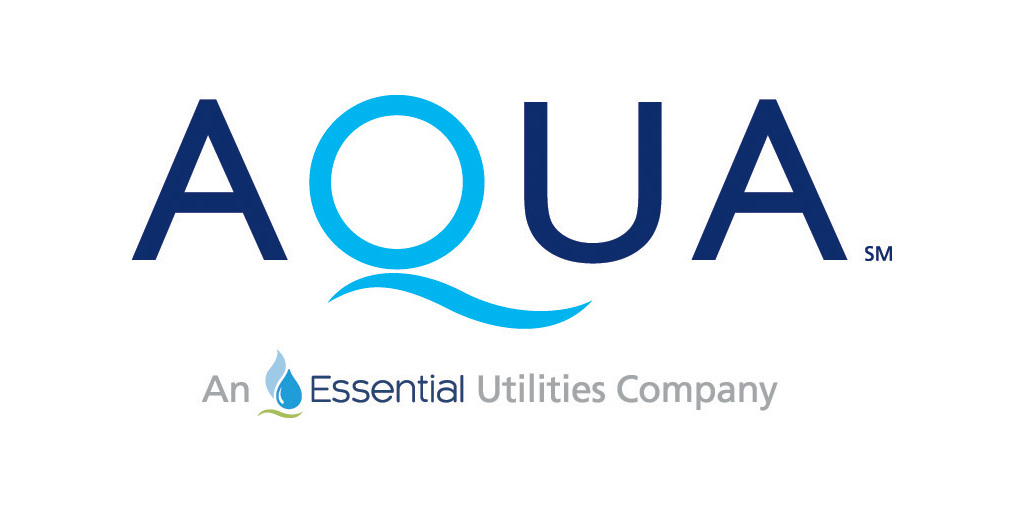The mainstream financial media is hailing Friday’s surprise “blowout” jobs report. According to the Labor Department, employers added 254,000 jobs in September, much more than had been forecasted.
President Joe Biden joined Federal Reserve Chairman Jerome Powell in taking a victory lap for the supposedly strong economy.
Among those unimpressed by the latest official data is Senator Marco Rubio (R-FL).
 “Another fake jobs report out from Biden-Harris government today,” he posted to social media. “16 of the last 17 reports have been significantly revised downwards after media helps them with their fake headlines.”
“Another fake jobs report out from Biden-Harris government today,” he posted to social media. “16 of the last 17 reports have been significantly revised downwards after media helps them with their fake headlines.”
Skeptics of rosy government statistics also include the vast majority of Americans who say the economy is far from being in great shape.
A recent Gallup poll showed that only 3% of Americans rate economic conditions as “excellent,” with just 19% saying things are “good” overall. A much larger 48% say the economy is in “poor” shape.
Things may be looking up in Washington and on Wall Street, but 62% of Americans believe economic conditions are “getting worse.” Only 32% say they are improving.
The massive disconnect between the public’s actual experience with the economy and the government’s statistical representations of it is causing confusion, frustration, and denial in the White House.
President Biden, responding angrily to Senator Rubio’s comments, insisted, “The job numbers are what the job numbers are. They’re real.”
What’s real to most Americans is that their rising costs of living are straining their budgets, especially when it comes to housing.
In many states, the median monthly housing payment has nearly doubled in the last four years, according to Redfin.
A record number of Americans are facing the prospect of paying 50% or more of their income on rent or mortgage payments.
Unsurprisingly, actual housing costs aren’t reflected in the Consumer Price Index. The CPI instead employs statistical models such as “owner’s equivalent rent” to arrive at a number that is far removed from reality.
At least the investor class appears to be doing well. The S&P 500 continues to zoom to new records.
But how real are those gains?
A case could be made that the stock market has been running on the fumes of artificial stimulus and may be due for a reckoning.
Still, there’s no denying that investors who bought the S&P 500 at the beginning of the year are sitting on nominal gains of more than 20% – a very good performance by historical standards.
That performance looks far less impressive when measured in terms of real money in the form of gold and silver. In fact, the S&P 500 is down over 6% versus gold in 2024.
It has fallen over 10% when measured against silver, which rose to a multi-year high last week.
Rising precious metals prices reflect the ongoing debasement of the currency.
Today’s fiat Federal Reserve notes fail to meet the Founding Fathers’ original definition of a “dollar” that was linked specifically to gold and silver. The money itself is fake.
That is at the root of why most Americans are struggling with rising costs – and why government-derived, media-hyped narratives about the supposedly strong economy also strike most Americans as fake.
********




